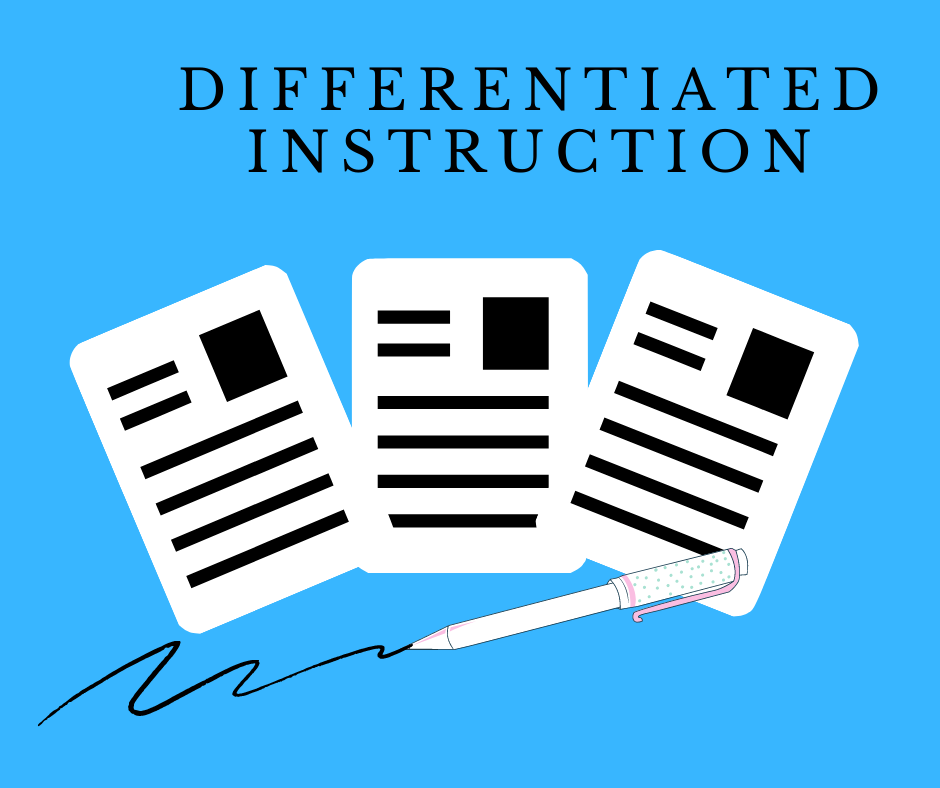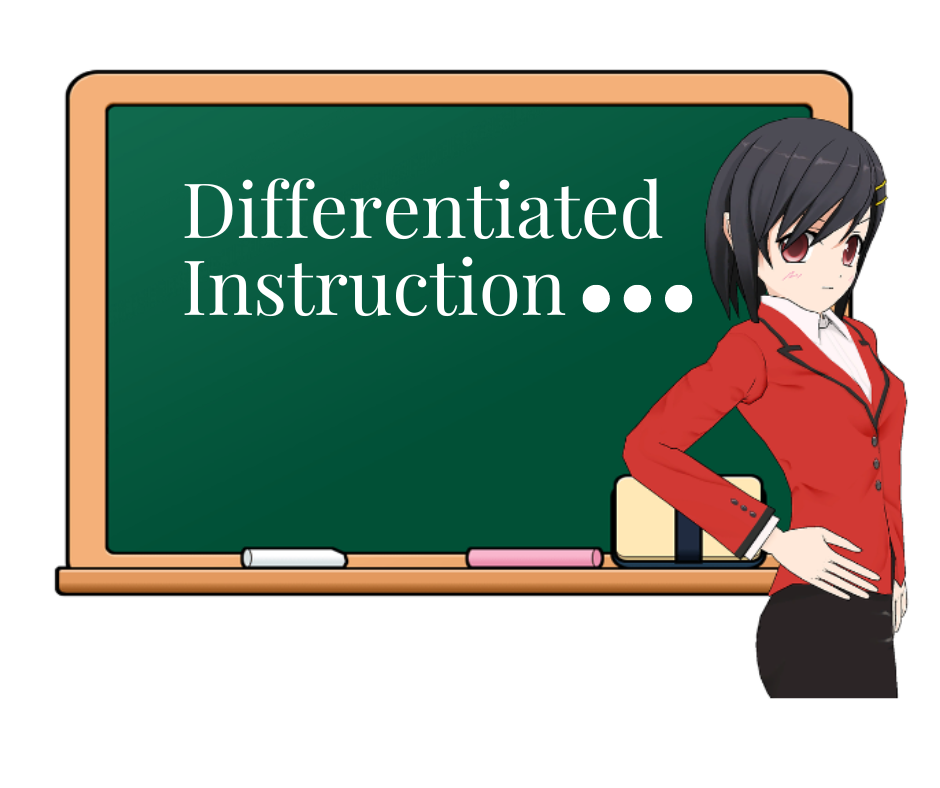
There are a number of different ways that you can approach using differentiated instruction. Depending on the type of client you’re working with and where you see the most value, you might use varying amounts of differentiation.
Differentiated instruction means using individual or small-group work and project-based learning to meet the needs of different learners. It’s a way to differentiate your curriculum to ensure that all your team and clients have access to the material at their specific level.
Here are some different ways you can integrate differentiated instruction into your business. Keep reading for more information, resources, and examples…
Small group instruction
Research has shown that when you have clients who are grouped together tend to receive higher performance ratings than those who are learning on their own. They also tend to be more engaged and interested in the material. Small-group instruction is one of the most effective ways to differentiate your curriculum.
You can use small group instruction in a number of different ways. One way is to pair up students of similar ability, giving one student more difficult material and the other more simple material.
You can also pair up teams who have a wide range of skill levels. Pairing up in this way allows them to receive 1-on-1 instruction, which can help them to break through their current skill level and how they perceived information.
I know that pairing also allows you to monitor how one person learns relative to another. This can help you determine if one is being held back by another in the differentiated education class setting.
Pairing teams of different ability levels can also help to address the needs of specific populations, such as those with disabilities or English as a second language. If you are hosting a mastermind event, you can pair team up in a number of ways, including randomly, by coursework level, or by interest.
Individualized homework and preparation
Students who are advancing more slowly may require more homework or preparation time than their grade level would suggest.
Individualized homework and preparation can also help differentiate your curriculum. The key is to use this time to help those students who may be struggling with the material. You can do this through more challenging activities, such as more complex presentations, more complex homework assignments, or more complex quizzes and exams.
You can also use this time to help struggling business clients who acquire the prerequisite knowledge they need to understand the material they’re studying.
Differentiated project work
Project-based learning can be a really great way to build a differentiated strategy. This can be done through a number of different project formats, but the key is to find one that allows for a deep level of engagement for all clients you’re working with.
Many times, you can choose a “team-based” project format that allows students to collaborate with one another. Project formats can be divided into a number of different types of projects, including creative projects, research projects, and service-based projects.
A creative project can be anything from creating a short film to creating a website to help students demonstrate their understanding of the material. Research projects can be anything from conducting a review of current literature to conducting a literature review to provide a comprehensive analysis of information.
Service-based projects can be anything from a community service project to a military service project to a research project that involves the analysis of information.
You can also select a project format that allows you to integrate your differentiated marketing content across multiple subjects, such as a civics project that examines the relationship between the government and the public.
Student mentoring
Some clients that you work with may need more help than the typical teacher-student relationship can provide. You can focus differentiation strategy in a way by offering mentorship opportunities. This can be done in a couple of different ways.
One way is to pair a higher-level student with a lower-level student. This can help to address the needs of a student at a specific skill level and also to help that student build their confidence as a teacher. Another way you can differentiate your mentoring model is to use a variety of different learning techniques, including peer mentoring, individualized mentoring, and self-directed learning.
Peer mentoring can be done in a number of different ways, including by subject matter and by coursework level. You can use peer mentoring to help students overcome a specific skill level gap or to help one student to build their confidence as a teacher. You can also use peer mentoring to allow students to help one another with group projects.

- Providing multiple approaches to acquiring content
- Adapting the difficulty of tasks to the student’s abilities
- Using a variety of teaching methods to appeal to different learning styles
- Allowing students to progress at their own pace
- Providing a range of options for demonstrating learning
- Differentiating assessments to match student needs
What is Differentiated Instruction
Differentiated instruction is a teaching method that helps students with disabilities learn in a way that is tailored to their individual needs. It allows students with disabilities to receive individualized instruction that meets their unique needs, which can help them to learn more effectively and faster.
Differentiated instruction can be used in a variety of settings, including regular classrooms, special education classrooms, and even homeschools. It can be used in a variety of subjects, including math, reading, and language arts.
Differentiated instruction is a popular teaching method because it is effective and efficient. Research has shown that students who receive differentiated instruction learn more than students who receive standard instruction. They also tend to have better grades and are less likely to drop out of school.
So if you’re looking for a way to help your students learn more effectively and faster, differentiated instruction is the perfect solution. It’s simple to use, and it has a lot of benefits for students and teachers alike.
A great coach never achieves greatness for himself or his team by working to make all his players alike.
Conclusion
If you’re trying to figure out how to differentiate your curriculum, you can use these tips to get started. You can use small group instruction to pair up students of similar ability, giving one student more difficult material and the other more simple material.
You can pair up students who have a wide range of skill levels. Pairing students up in this way allows them to receive 1-on-1 instruction, which can help them to break through their current skill level. Pairing students of different ability levels can also help to address the needs of specific populations, such as those with disabilities or English as a second language.
You can pair students up in a number of ways, including randomly, by coursework level, or by interest. You can also integrate your content across multiple subjects, such as a project format that allows for a deep level of engagement for all students.
Project formats can be selected based on a number of different types of projects, including creative projects, research projects, and service-based projects. You can also select a project format that allows you to integrate your content across multiple subjects. Differentiating Instruction can be an effective way to meet the needs of different learners.
I’m excited and looking forward to hearing your thoughts. what learning process are you using Let me know in the comments